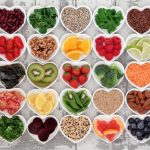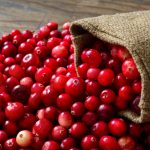Can we avoid vegetables and fruits? The answer is no, but why? Fibre is a crucial component of a healthy balanced diet because it can help in many areas of our health such as heart diseases, diabetes, weight gain, cancer and digestive health. However, many people do not get enough fibre in our diet.
The recommended healthy amount of dietary fibre that a person should aim for a day is 30 g. The sources of fibre can be found in fruits, vegetables, pulses and wholegrains and fibre is often categorized according to its solubility. The two types of fibre are soluble and insoluble and to ensure a healthy balanced diet, we have to consume both types of fibre.
Soluble fibre dissolves in the water in our digestive system. This type of fibre helps with reducing cholesterol whereas insoluble fibre – which does not dissolve in water – often passes through our guts without being broken down which improves our bowel movement. The main effects attributed to having a healthy balanced diet with sufficient amounts of dietary fibre are improvement of bowel functions as well as regulated blood glucose levels and blood cholesterol. Consuming food high in fibre will also help us feel full for longer periods of time and may aid in weight management.
Having sufficient fibre in our diet not only does wonders for our body, but it supports the population growth of the gut microbes. Psyllium seed husk, flax seeds, chia seeds, berries, onions, green beans, broccoli, cauliflower and so on are examples of whole foods with high levels of soluble and insoluble fibre that we add into our diet when we could use more fibre.







